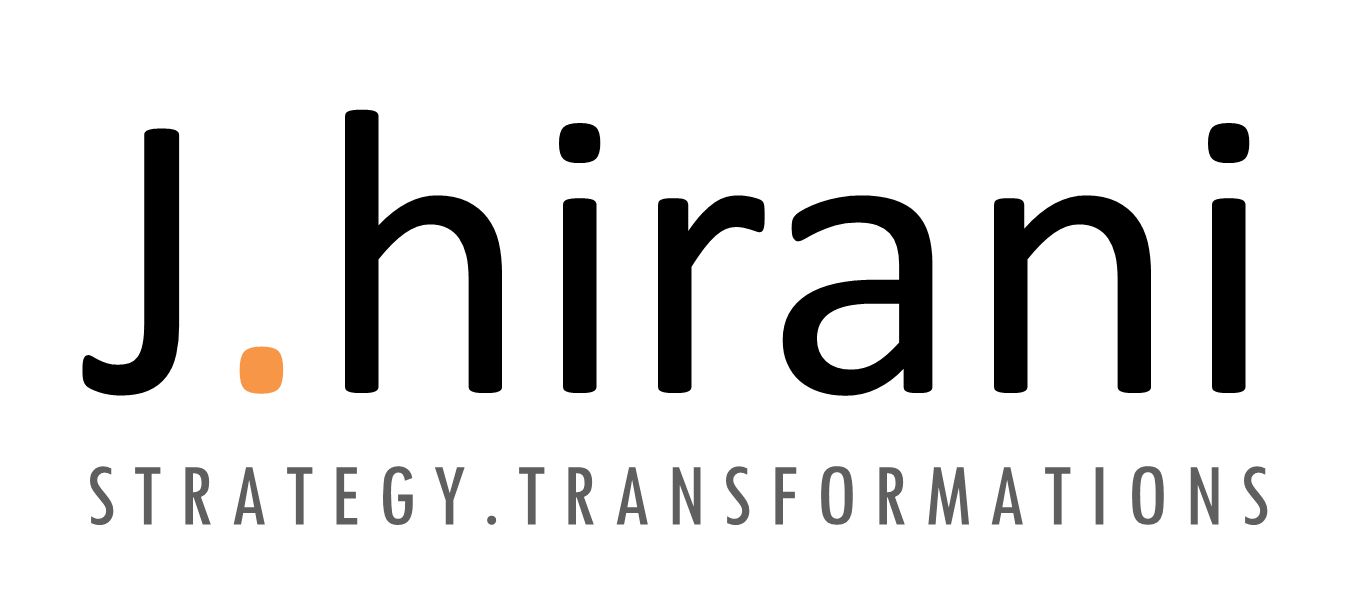Do you ever wonder why none of the business story starts with, “Once upon a time there was a businessman, fought with his own mindset, emerged as a warrior and made millions and billions not to live happily ever after but to make some more millions with some frill of fame and name”?
Business is primarily “numbers” and secondarily “everything else”. Eye of top leadership team is connecting everything with P&L or Balance sheet. A great analyst can beautifully present it but that doesn’t mean it tells entire story. It’s a collection of numbers with various perspectives. The good or bad part of data is it’s not by default vocal; actually, someone need to pour voice to it.
“It is” is incomplete without “why is” and so further “how is” and “who is”. Interpreting data correctly and creating well-crafted story is an intimidating task for many organizations even in present era and many are struggling to reach that right intersection between data and its story. Very few professionals have ability to first connect the dots of business and then telling it as a story. Here are few parameters which can help one to be a storyteller of data, if one wants to!
Find that Right Spot
Lets assume that one is presenting monthly sales dashboard of 3 interconnected brands. Naturally, there will be so many parameters in it. So how one should decide the point of beginning, thread’s head to put into needle to knitting. That’s where one is making decision on the number which point to pick first; the lost customers to begin stories with? Or, the 5% who did 80% of that month’s sale and its diverse impact (if it so) OR something more prominent than that.
Separate the Cumulation
One cannot be exclusively same how he/she was last month; same applies to habit and so to the data. Now one can say that it does remain sometimes the exact same number or nearby then what? It means somewhere we are losing spot to look at. There are always reasons to be something as it is or better or worst. Again it can come into picture if we see stories separately and not cumulation. Watching the number in cumulation is good but fetching story phase wise is something which can give next strategies. Hence, as a leadership team; give benefits of doubt as a seeker where people will might come with some facts and observation of past rather than shouting on the team or even telling them calmly and plainly “next month achieve the goal”.
Narrating to self
Story is not just “a spot” or “a situation” – it’s a journey that’s built over a period of time. When you narrate to self, one’s mind actually start working on it logically and see possible perspectives in line with it and that’s where people add different flavour and point of view to build connection that looks appealing or reasonable to the listeners.
The future from the Present via Past
What had happened in the past gives idea on what failed and what succeeded. Failure is easy to talk as all have to work upon but when it comes to 10X success, its so mesmerising that all enjoys but don’t seriously talk about it. Talking about “why” it happened “what” happened specifically when its success is a unique spot to leverage.
Take Interest to build interest
Of course, one can only make a story if they like it or interested in it, however, it has been observed over time that more than 95% people either build story OR work on data, not both. And that is the reason why data story telling is not very well practised or adapted.
In conclusion, If one don’t want to start with “once upon a time (the past-with an origin story)” then can start with “Imagine if- (from the future-with a vision story)” and if none of these works then jump right into the action in the middle of story and then giving the backstory-means putting strategies of achieving something first and then going to backward or forward.
Author:
 Keyuri Patel, an engineer who has mastered refining cultures and leadership, is associated with Jagdish Hirani & Associates as a Project Manager. She is consistently improving the conversion of strategies from design boards to ground team. She has a wide experience consulting organizations in the fields of BFSI, Education, Textile, Outdoor Media, Technology, Garments, Architectural Hardware, Travel and Event Management. Apart from contributing to the consulting projects she is also leading people initiatives at J.Hirani.
Keyuri Patel, an engineer who has mastered refining cultures and leadership, is associated with Jagdish Hirani & Associates as a Project Manager. She is consistently improving the conversion of strategies from design boards to ground team. She has a wide experience consulting organizations in the fields of BFSI, Education, Textile, Outdoor Media, Technology, Garments, Architectural Hardware, Travel and Event Management. Apart from contributing to the consulting projects she is also leading people initiatives at J.Hirani.
Success Mantra: “Don’t say “yes” if you are not convinced”. Understand that ultimately it’s your team (not machines, technology, money or product) who drives your organization.
About J.hirani: J.hirani is a Strategic Transformation team which works as a growth partner for different organisations in various industries by providing services like Agile transformation, Scenario mapping, Strategic alignment, Balance scorecard, Digital transformation, Incubating new ventures, Operation excellence and Aligning human capital.
©J.hirani, Story Telling – via Numbers, October 2021. All rights reserved



